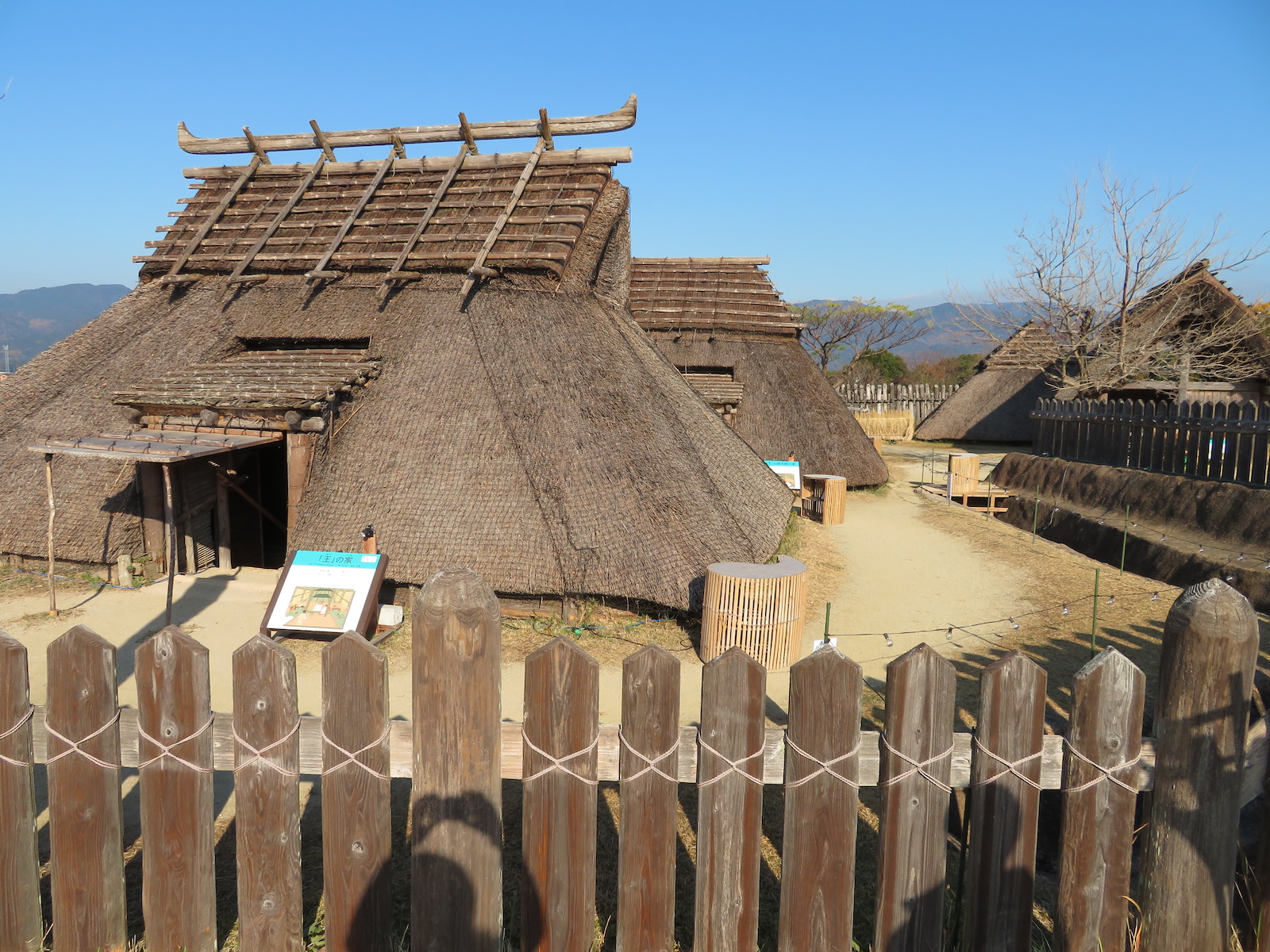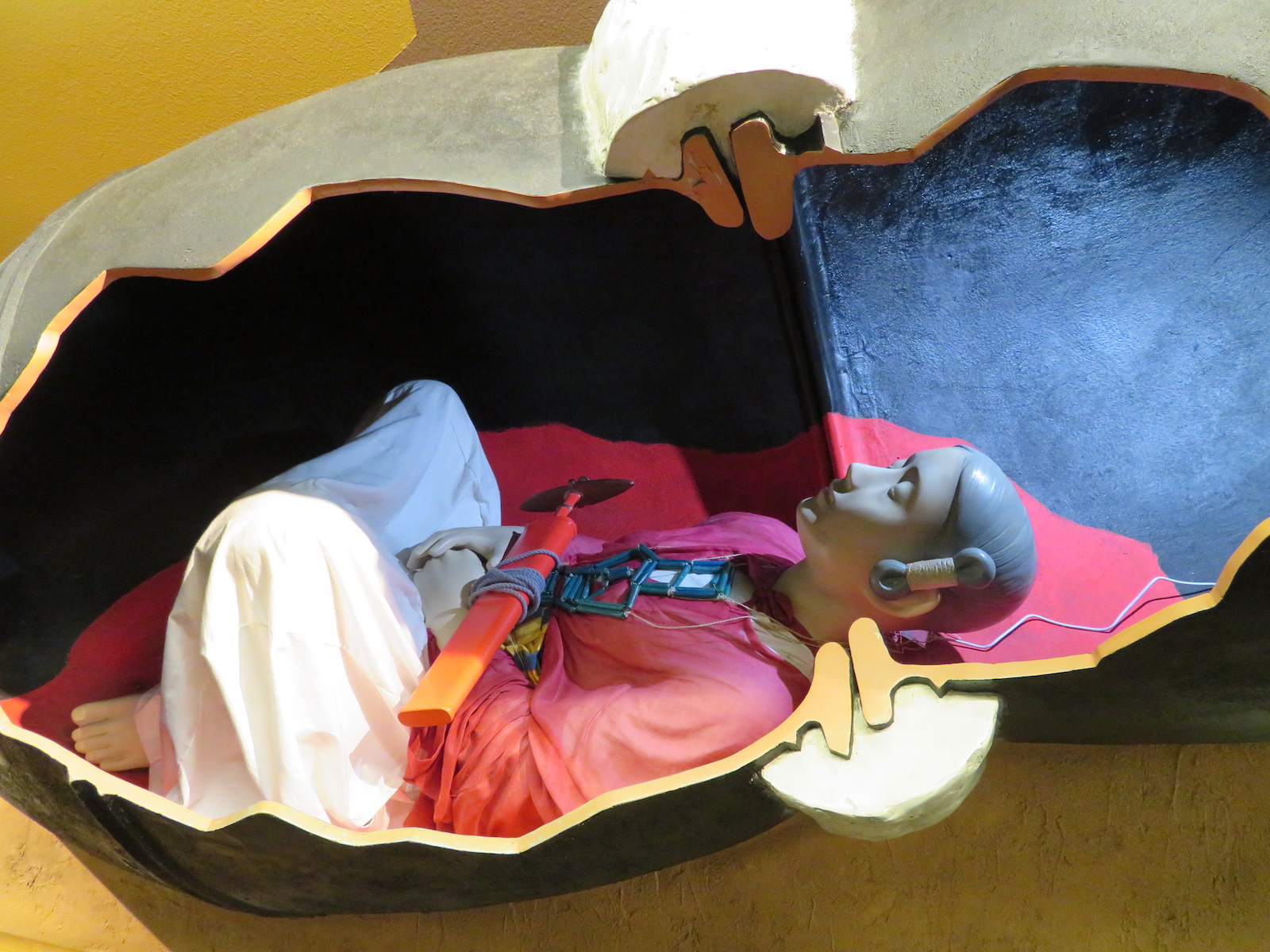Yoshinogari: Fascinating park of Japan’s prehistoric society
In the mid-1980s, the authorities of Kyushu’s Saga Prefecture decided to produce a relative unused minimal hill in the city of Yoshinogari, about 12 kilometers from the Ariake Sea, into a regional industrial park. Shortly right after preparatory earthmoving commenced, the bulldozer operators found they ended up digging up curious aged bits of pottery and other unfamiliar detritus. The authorities shortly realized they had unearthed a little something uncommon and archaeologists have been referred to as in.
As excavations continued, it soon grew to become obvious that the hill was the web page of an ancient settlement, a palisaded community that could be dated to Japan’s Yayoi Period. Now considered to protect about 40 hectares, in which excavations have been concluded the Yayoi settlement has been reconstructed and is open up to the community. The Yoshinogari Historic Park is a fascinating place in which ancient history will come again to lifestyle.
In advance of the Yoshinogari discovery, the Yayoi historical period—the time when soaked rice cultivation and organized social structures are believed to have started in Japan—was considered to go over 300 BC to 300 Advert. The carbon courting of some artifacts recovered at Yoshinogari has pushed this time period back about five generations to all over 800-1,000 BC, while archaeologists are nonetheless debating the exact relationship of the time period.
Some of the religious buildings, as tall as 3 stories, are noticeable from a length as just one techniques the park. It is remarkable to feel that early Iron Age peoples could have managed this kind of elaborate constructions.

Photo: VICKI L BEYER
There is archaeological evidence that quite a few Yayoi communities warred towards every single other and lived in settlements palisaded for defensive functions. Yoshinogari is a single these types of group. The entrance includes reconstructed palisades, a dry moat and a gate. It is considered that most agriculture took position outside the house the settled locations but, as the encompassing small spots have been constantly occupied and farmed for more than two millennia, it has been extremely hard to uncover the remains of the historical rice paddy “walls” that are usually employed to recognize Yayoi continues to be.
From the entrance, pathways lead to various sections of the palisaded neighborhood. To the left are residences believed to have been occupied by the farming classes of society, even though up the hill to the ideal is in which the governing class lived, their part ignored by an imposing look-out tower. A separately palisaded location has granaries, set high previously mentioned the ground with barriers to protect against rodents from receiving in.

Photo: VICKI L BEYER
Yayoi Interval properties are pit constructions not contrary to, although somewhat a lot more innovative than, the pit residences of its predecessor Jomon period (1,400 to 300 BC). For a extended time, students thought the Jomon people today have been supplanted by Yayoi migrants from Korea, China and elements of Southeast Asia, despite the fact that far more current scholarship, like DNA from historic bones, has led to the idea that the hunter-gatherer Jomon folks had been largely absorbed into the agrarian Yayoi populations so that fashionable Japanese are descended from the two.
The ground of the homes was dug a roughly a meter into the ground. A slanting pole structure was crafted above the pit and thatched to give a tent-like appearance. The only light-weight is from the one doorway. A hearth held constantly burning in the center ensured that the floor stayed dry. Platforms for sleeping and instrument storage are on the perimeter of the pit.

Photo: VICKI L BEYER
Greater homes present separations in just the homes for distinctive utilizes, which includes storage, sleeping, cooking, and ingesting. In addition to settled agricultural, the Yayoi persons engaged in primary metallurgy and weaving and applied reasonably subtle instruments incorporate equally stone and iron.
The Yayoi are considered to have worn both tanned leather-based and dyed woven fabric garments. Like their Jomon predecessors, they created significant use of pottery.
In a person location there are pit homes for the chieftain and various wives, all at the rear of a subdivided place.

Picture: VICKI L BEYER
In one more portion of the settlement, nearer to the optimum issue of the hill, stands a subdivision specified more than to spiritual observation, dominated by the tower/temple that was seen from a distance. On the higher flooring, guests can see various reconstructed rituals, quite a few thought to have been affected by shamanistic beliefs that the Yayoi introduced with them from Korea.

Picture: VICKI L BEYER
When the Japanese have no modern day created background of their very own (Japan’s initially composed heritage was compiled in the sixth century Advert), there are Chinese records of Sino-Japanese encounters of this time period of time which present details on many aspects of Yayoi culture that archaeologists can now corroborate with the archaeological history.

Photograph: VICKI L BEYER
Over and above the spiritual subdivision lies the cemetery, a hillock of tufts that flip out to be the graves. The Yayoi chosen to bury their dead in terra cotta coffins comprised of two huge jars.

Picture: VICKI L BEYER
Replicas have been situated all-around the tufts to help readers see how burials worked. Nearby an air-conditioned setting up has been designed above one particular excavation, allowing people to see even far more of the comparatively advanced burial methods of these prehistoric folks. Movies and other visible shows also supply additional insights.

Image: VICKI L BEYER
This stage is the farthest from the park entrance and a smaller shuttle bus passes from time to time to offer you foot-weary readers a bit of a respite as it carries them to the museum of artifacts situated nearer to the gate.
The museum consists of weapons, resources and potsherds as effectively as exhibitions on weaving and other “industrial” things to do of the period. There are also mirrors produced of polished bronze, a considerable aspect in religious lifetime and, evidently, a image of prosperity and power. This type of mirror was to start with released from China Chinese-created mirrors as nicely as their Japanese counterparts have been unearthed at Yoshinogari.
Yoshinogari Historic Park is an fascinating intellectual exercising for grown ups, but equally interesting and enjoyment for youngsters. All through summertime, the park gives some participatory routines this sort of as classes in hearth-producing and creating glass beads that are in particular enjoyable for children.
The park is open everyday from 9:00 to 5 p.m. (6 p.m. from June 1 to August 31). It is shut only on December 31 and the 3rd Monday and Tuesday of January. Admission is 460 yen for adults little ones below 15 are no cost of charge.
Vicki L Beyer, a typical Japan Nowadays contributor, is a freelance vacation author who also blogs about encountering Japan. Stick to her weblog at jigsaw-japan.com.
© Japan Now








